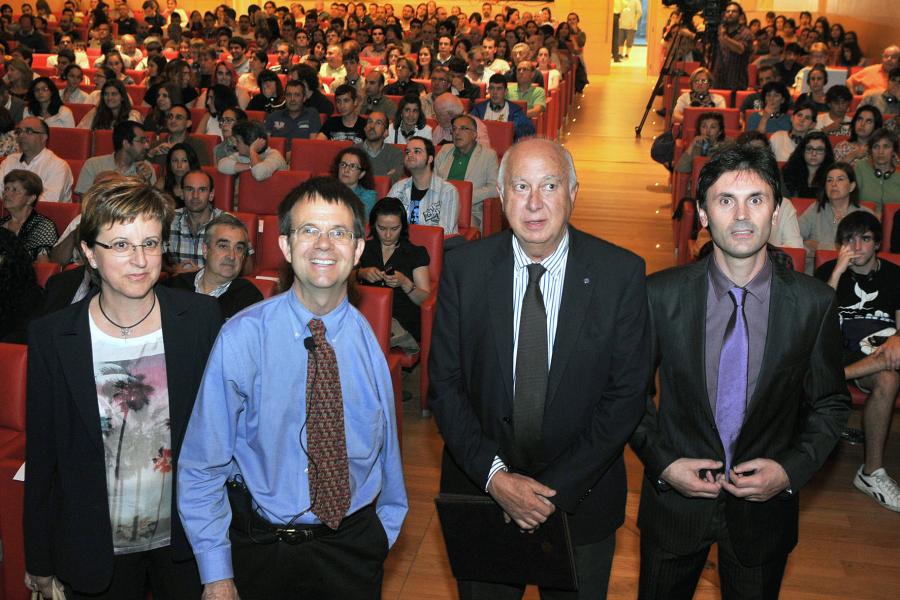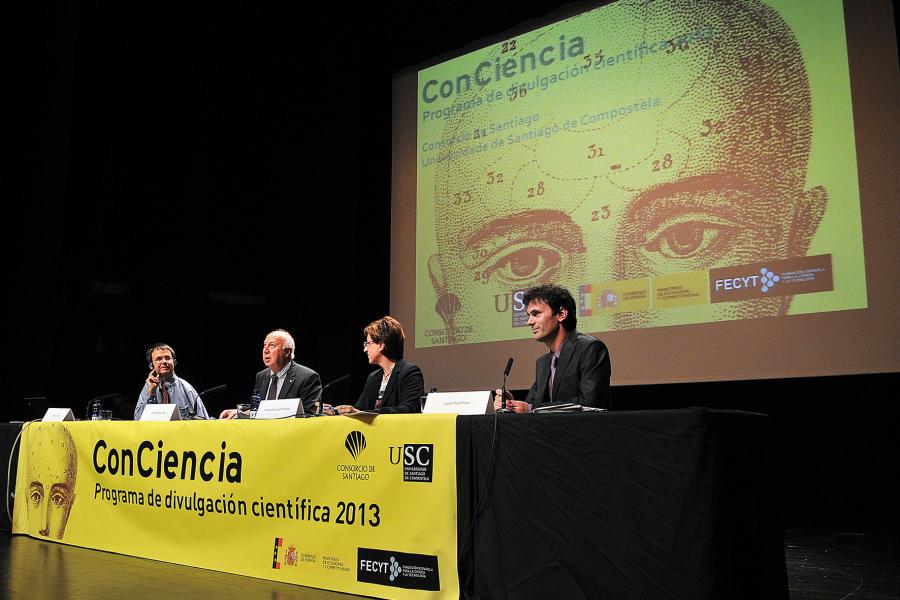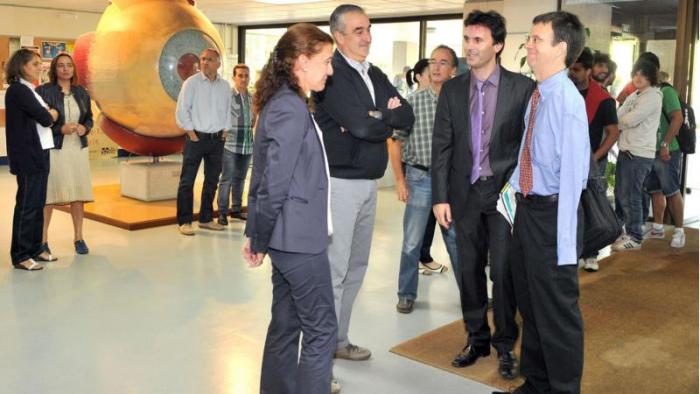
Nobel Prize “for the achievement of Bose-Einstein condensation in dilute gases of alkali atoms, and for early fundamental studies of the properties of the condensates".
On the basis of a work by S. N. Bose, Albert Einstein predicted in 1925 that, at low temperature, a new state of matter could arise: a group of atoms locked together in a box, which in principle behave as a set of balls bouncing with each other, begin to feel each other. The cooling reduces their speed and, in doing so, the laws of quantum physics (uncertainty principle) dictate that their position is blurred: the atoms create a blot of matter, in which they lose their individual identity, merging into a single quantum cloud that can be seen macroscopically.
This condensation of atoms, called Bose-Einstein condensate, was a theoretical chimera for 70 years, until 1995, when Carl Wieman and Eric Cornell (who was 33 years old) succeeding in creating that state, cooling rubidium atoms with lasers and magnetic fields until the extremely low temperature of 170 nK.
At such temperature, as Einstein had predicted, the waves of matter of the atoms got coordinated and behaved as a new entity, a superatom produced from the condensation of the whole, with a unique coordinated response, like a laser of matter. It could be said that an ordinary gas is to a Bose-Einstein condensate what natural light is to a laser.
The breakthrough did not only close a search of 70 years in Physics, but also opened a new line of research. Only 6 years after the announcement, Carl Wieman, Eric Cornell (who was only 39) and Wolfgang Ketterle were awarded the Nobel Prize. The possibilities opened by this discovery are offering amazing results, not only at the level of the grounds of Physics itself, but also in the technological domain.











